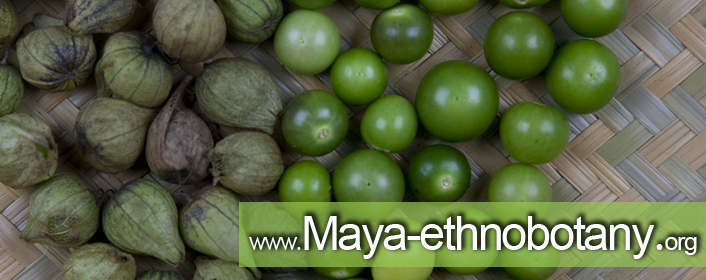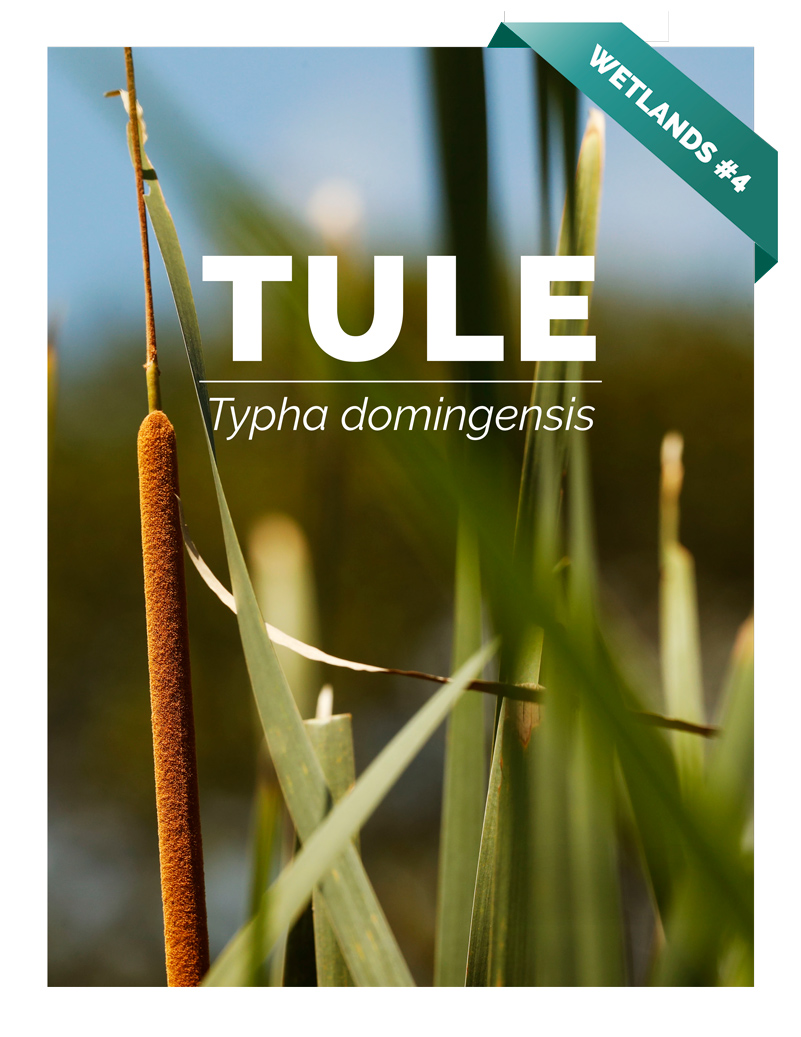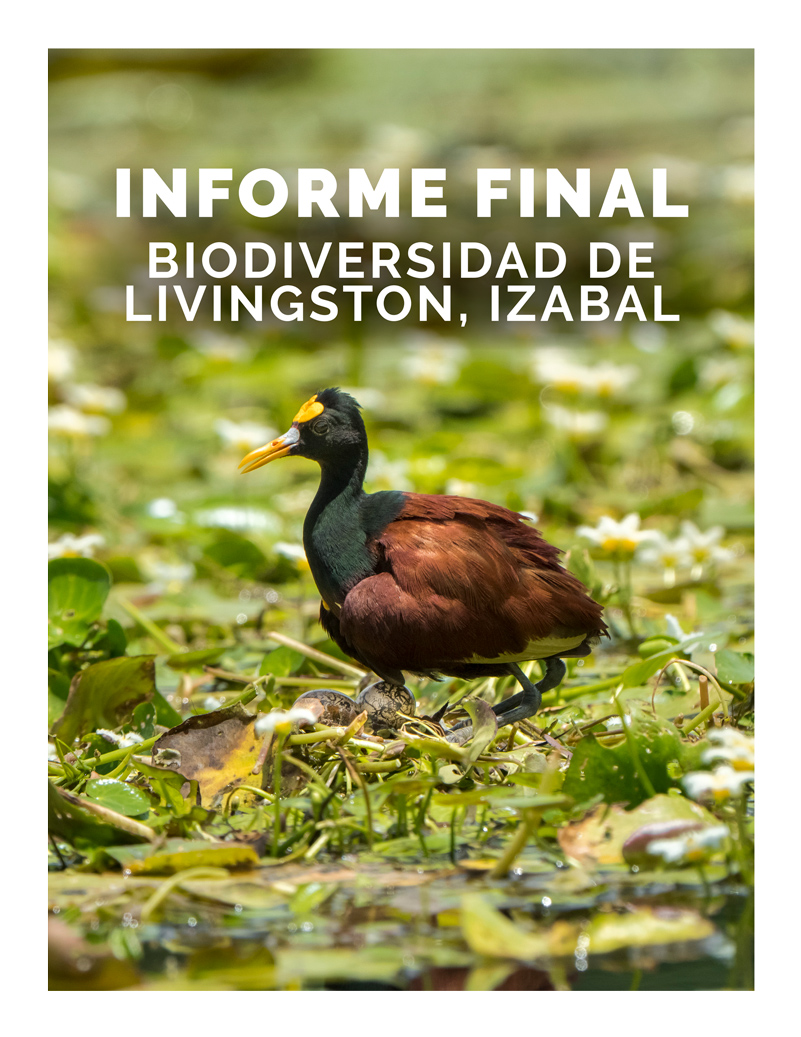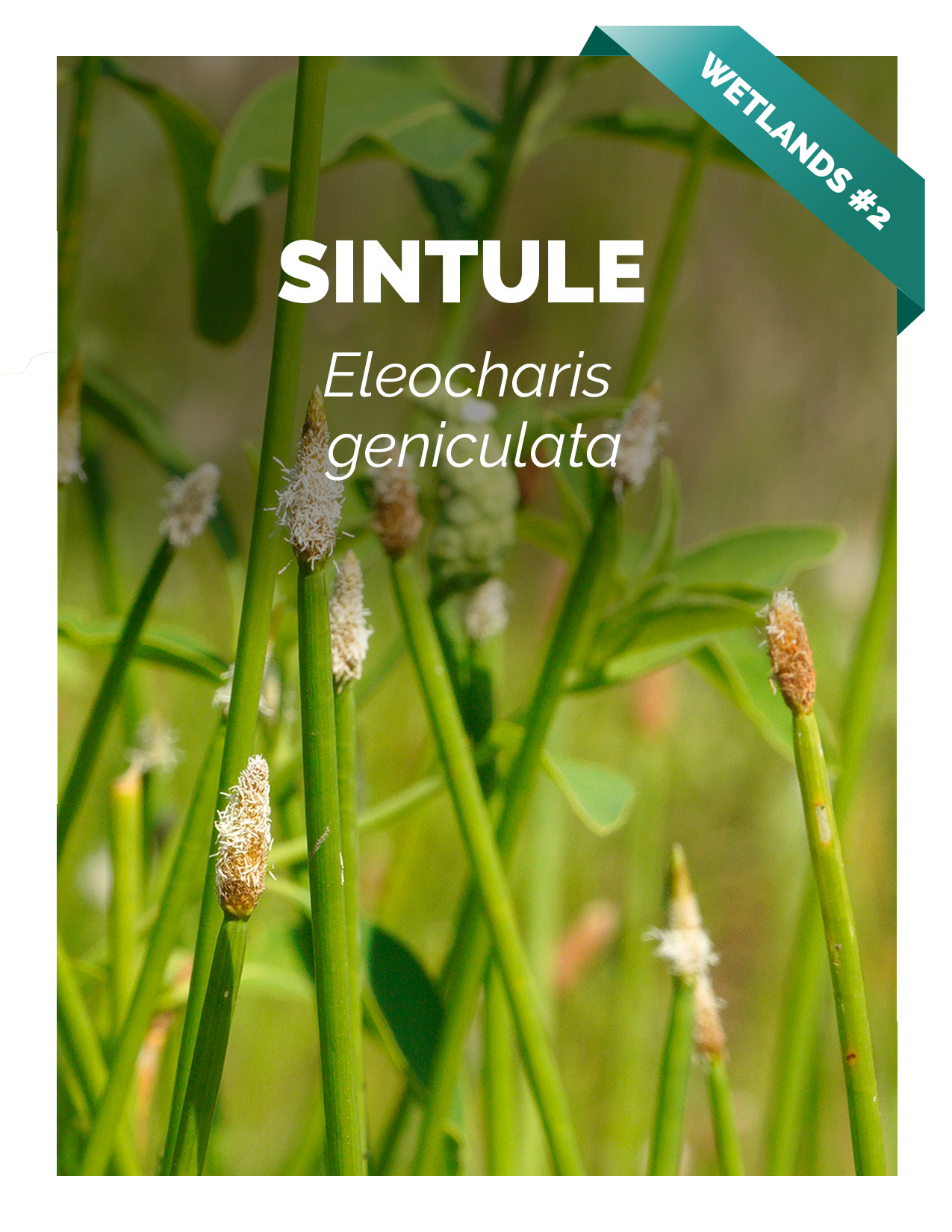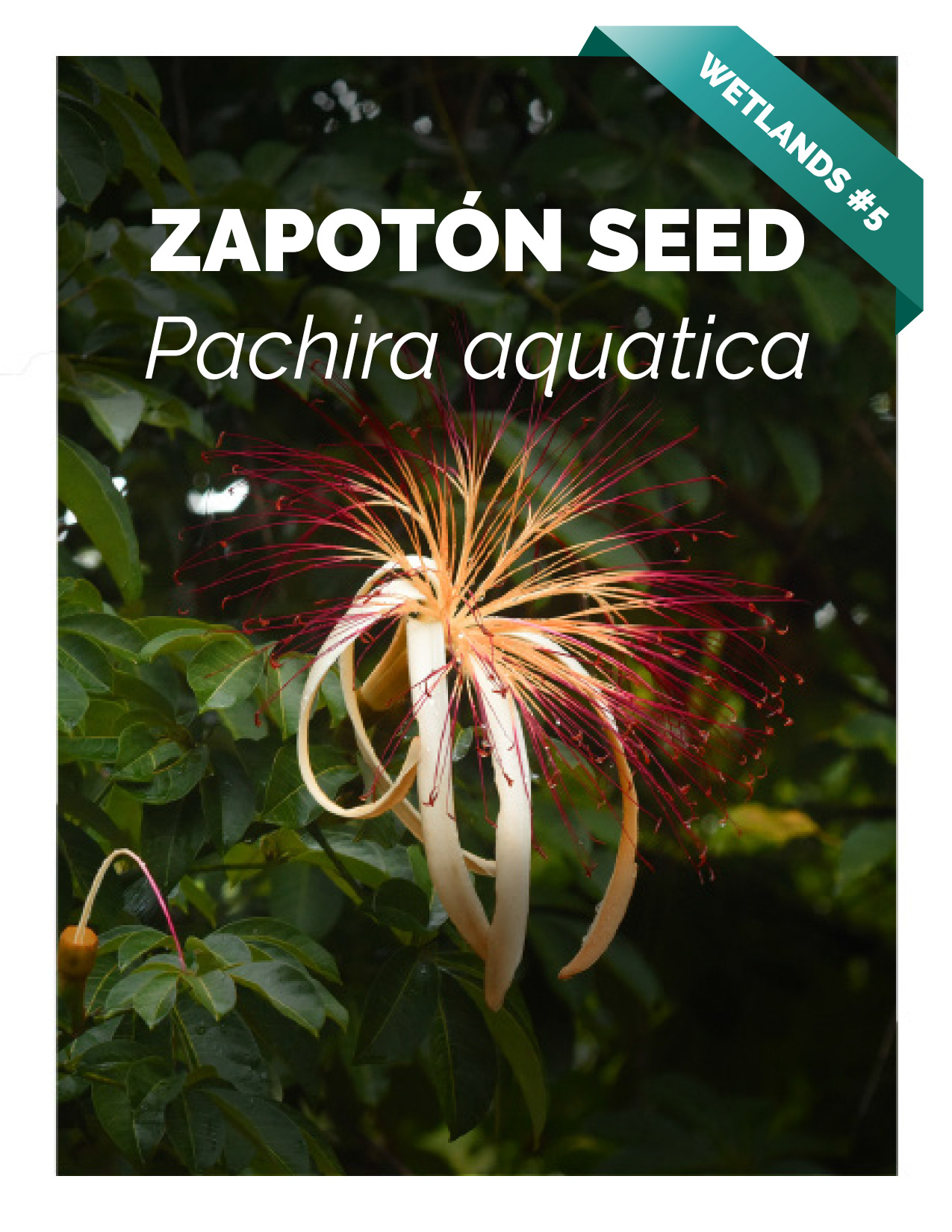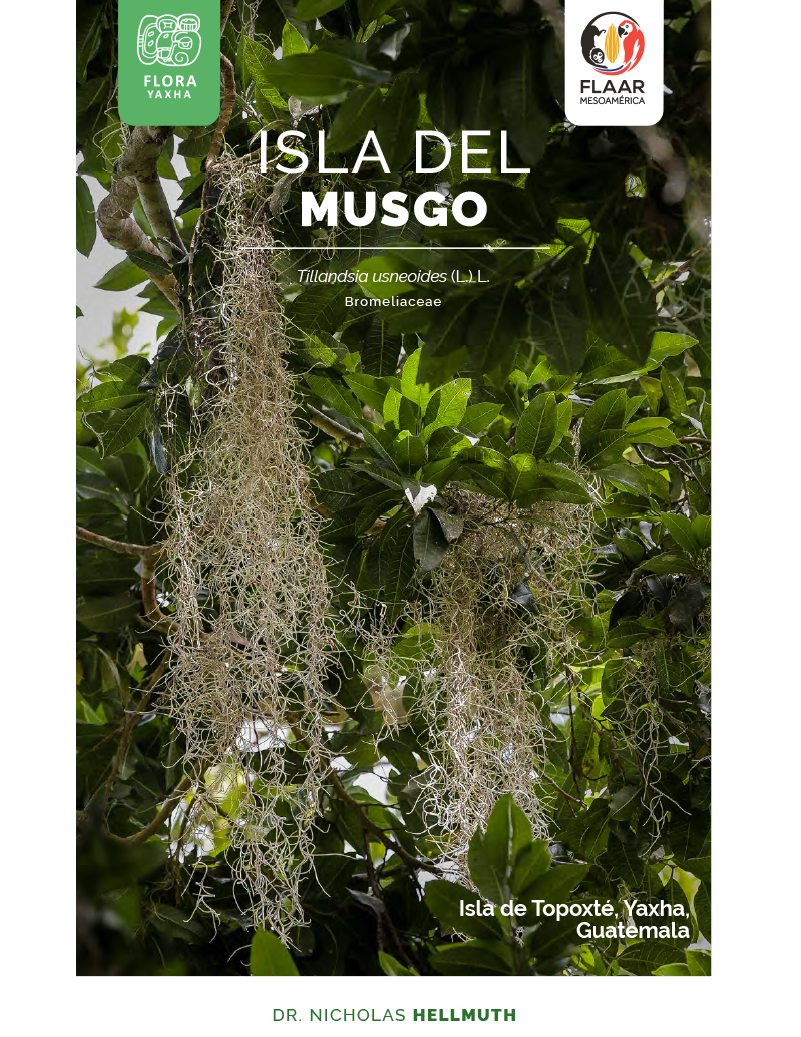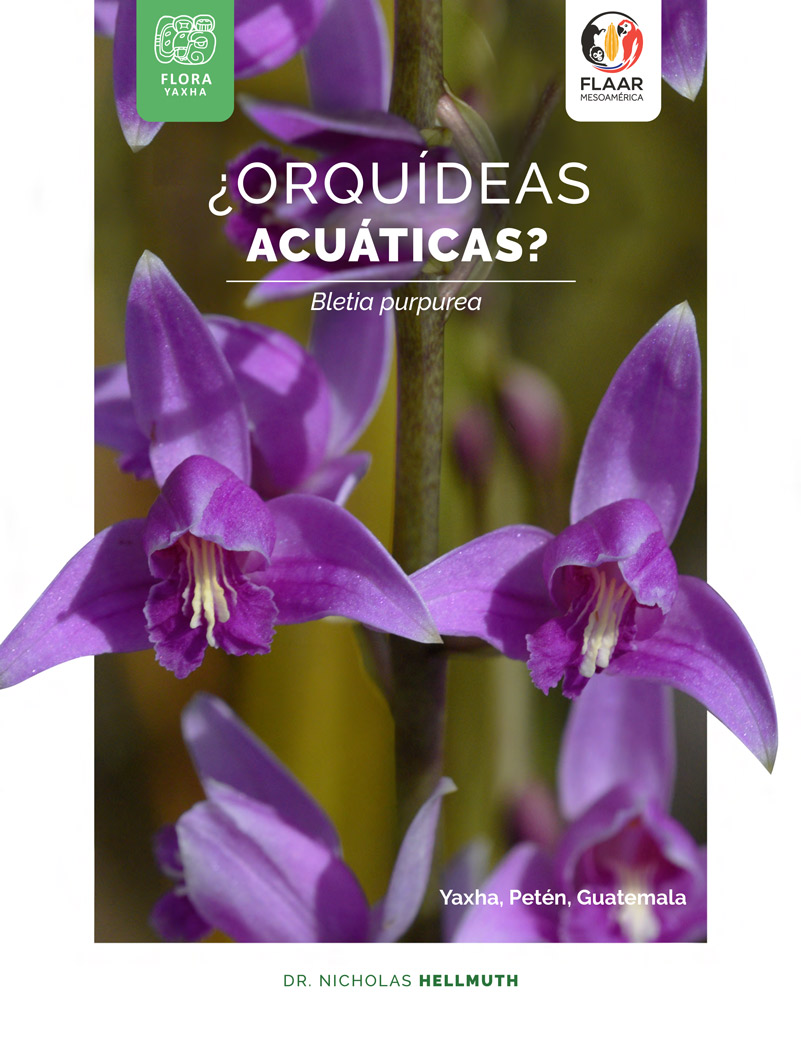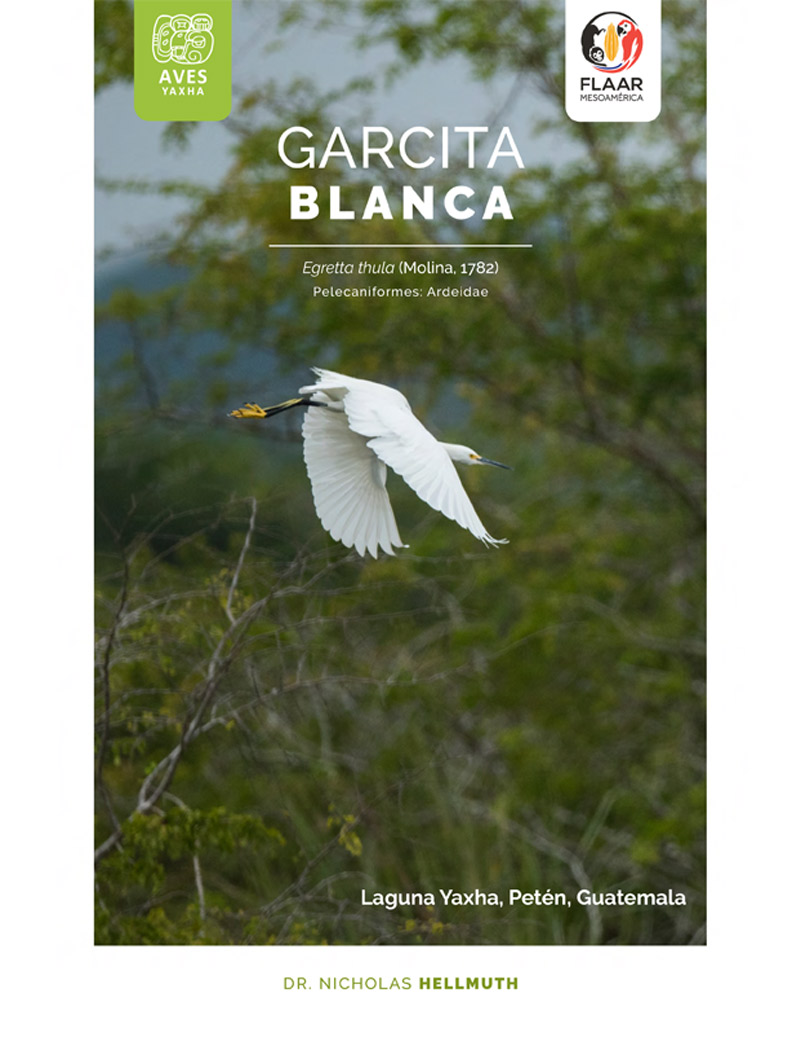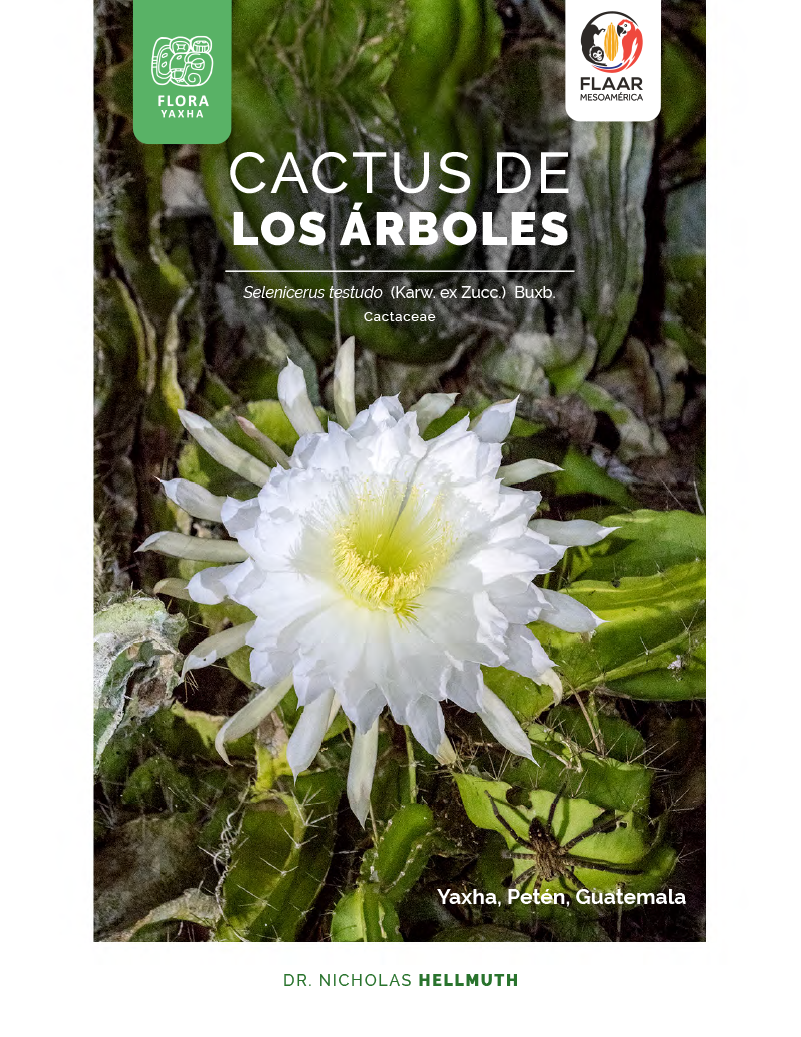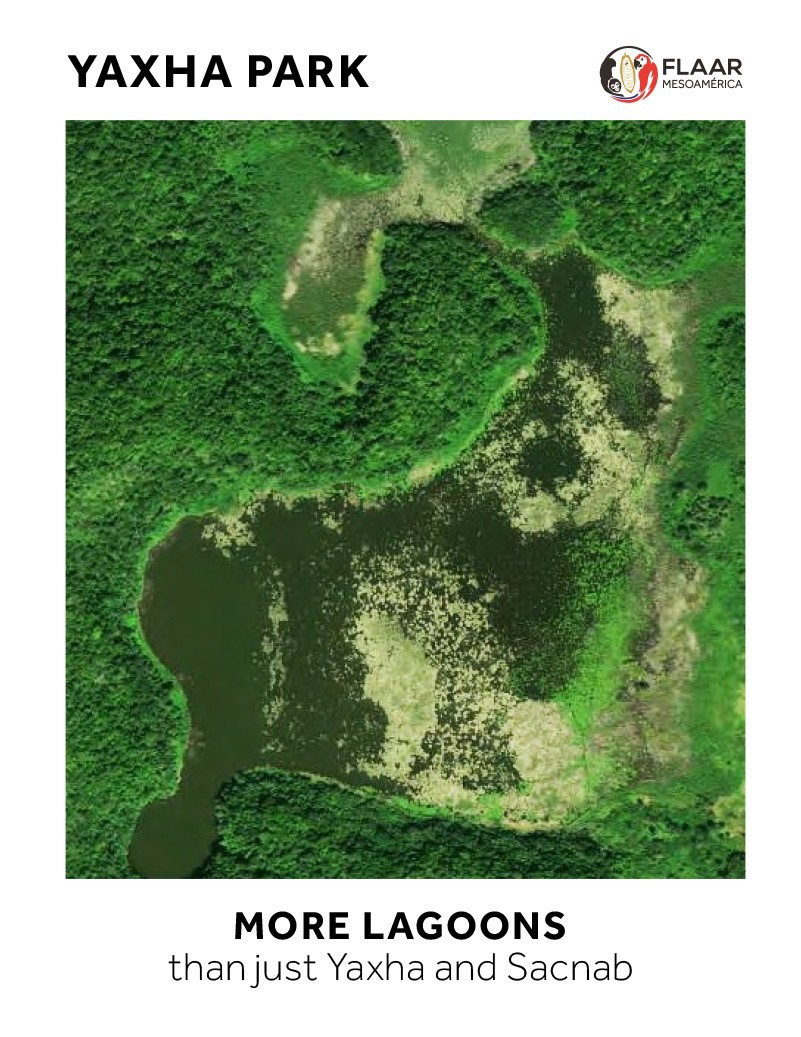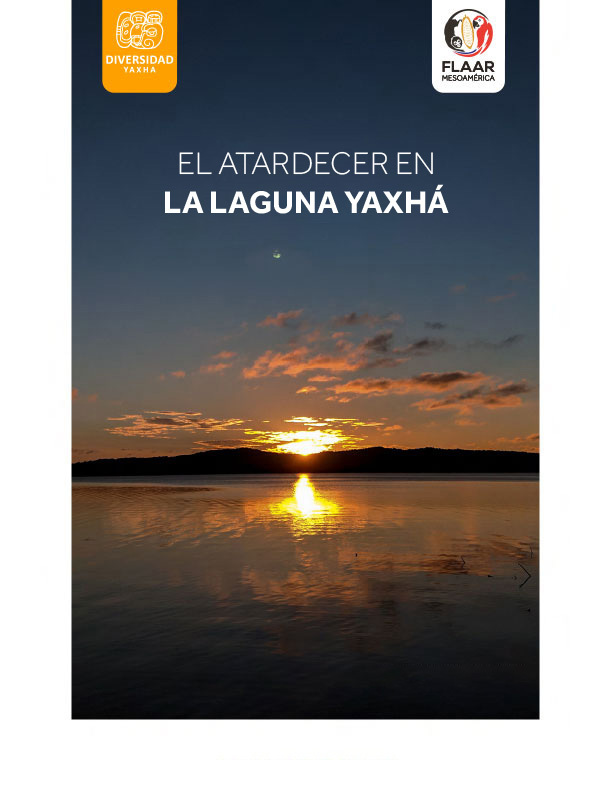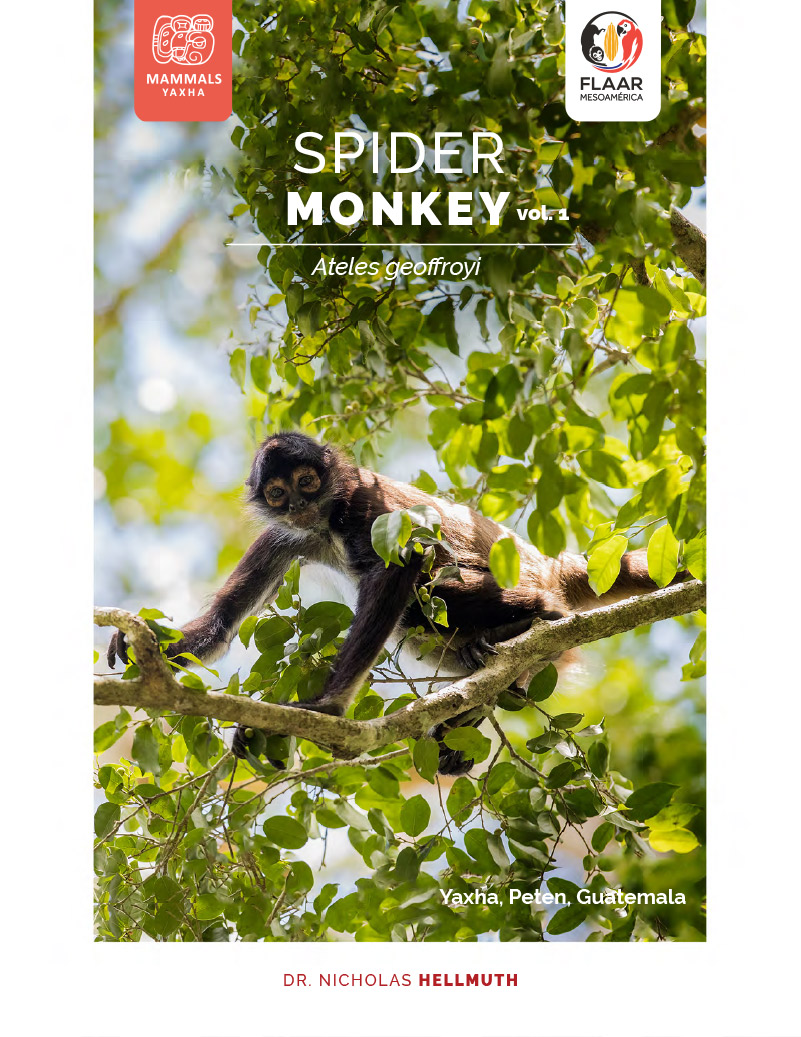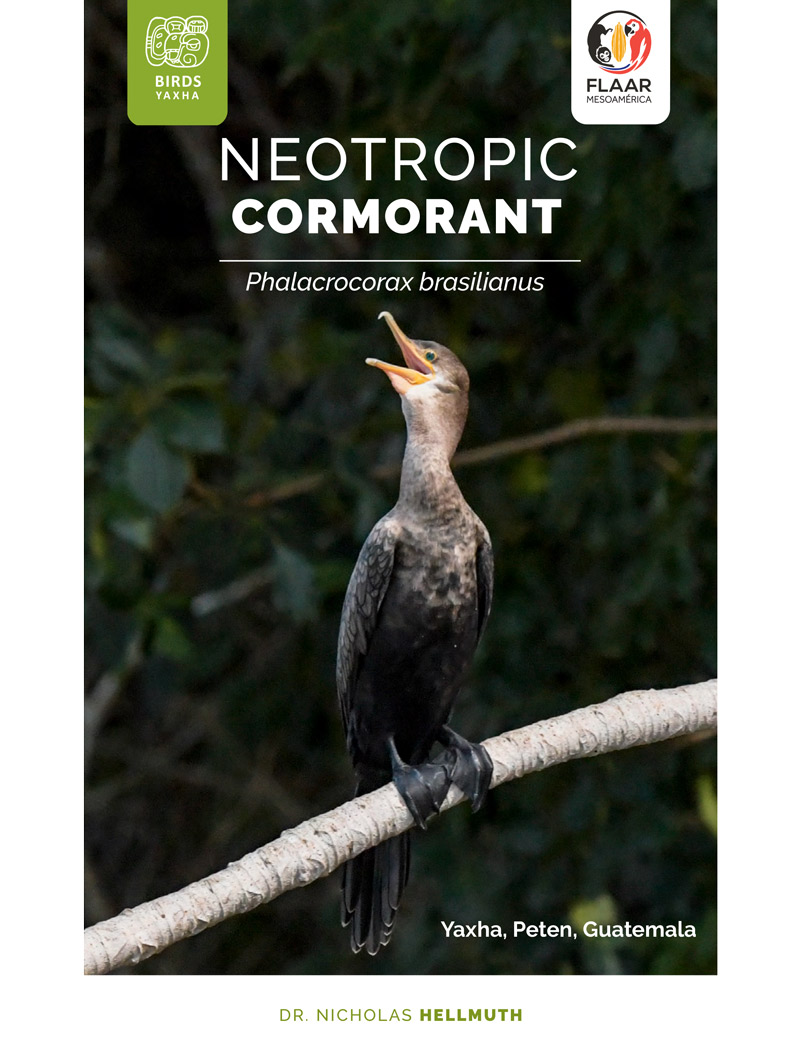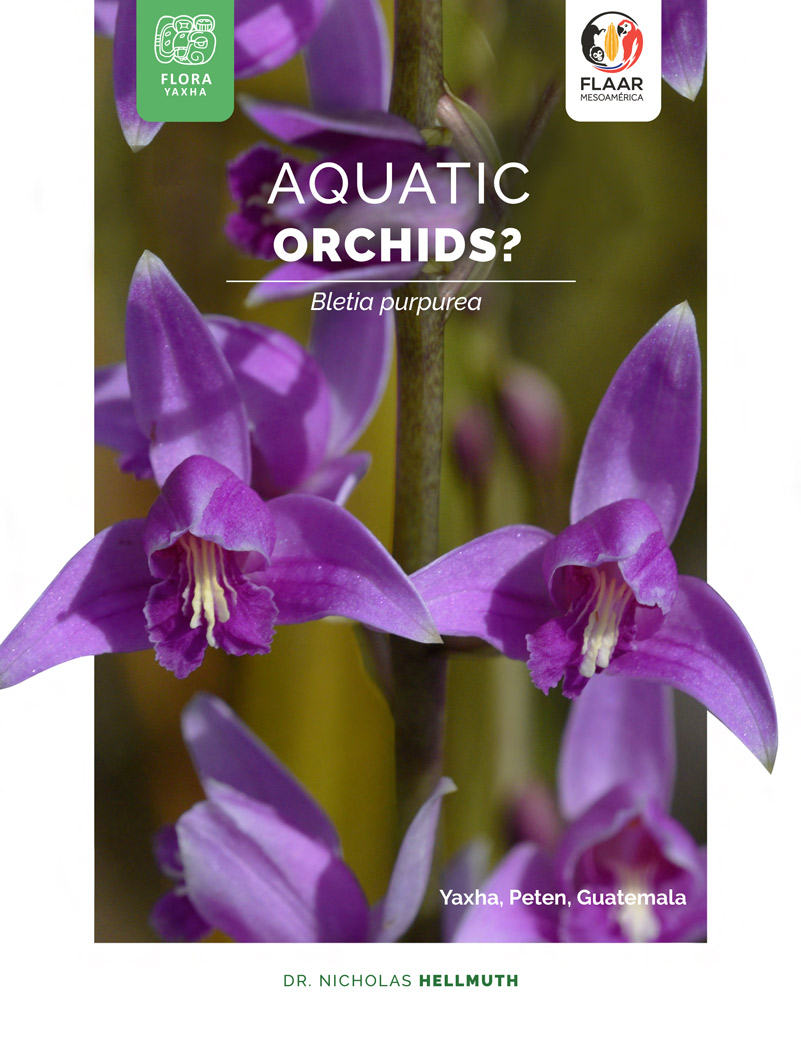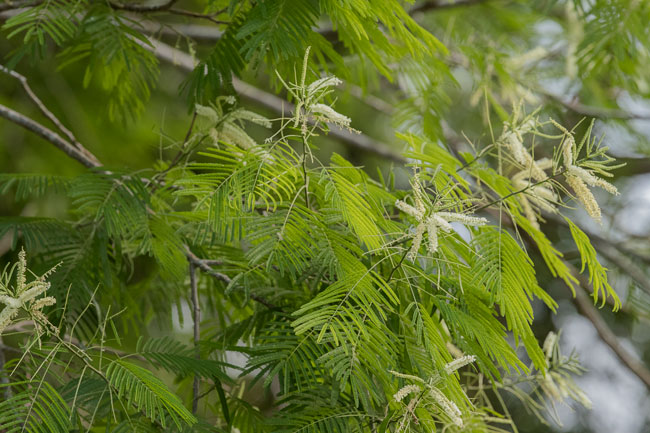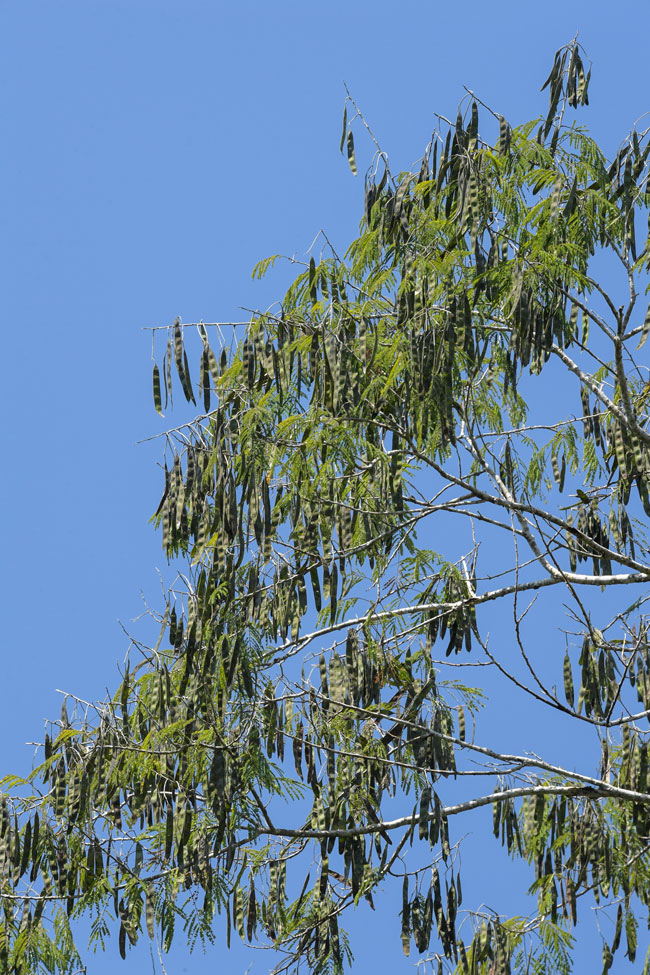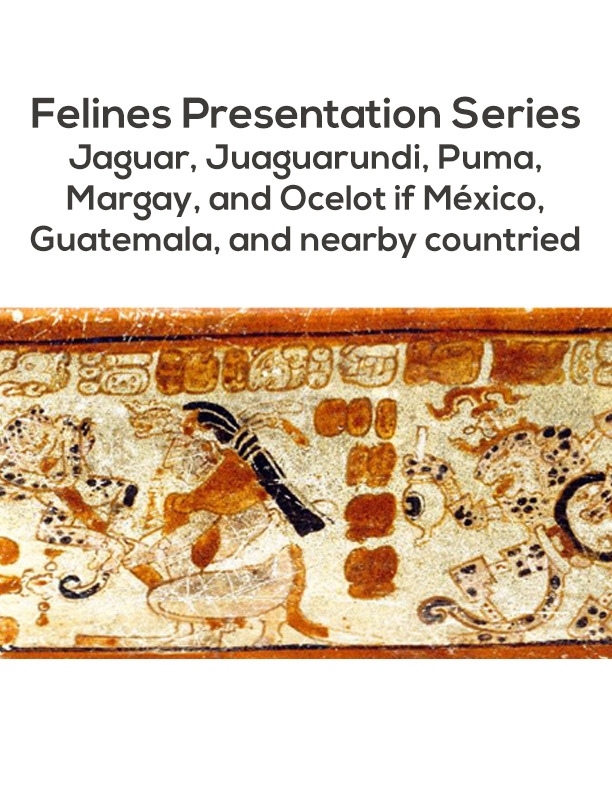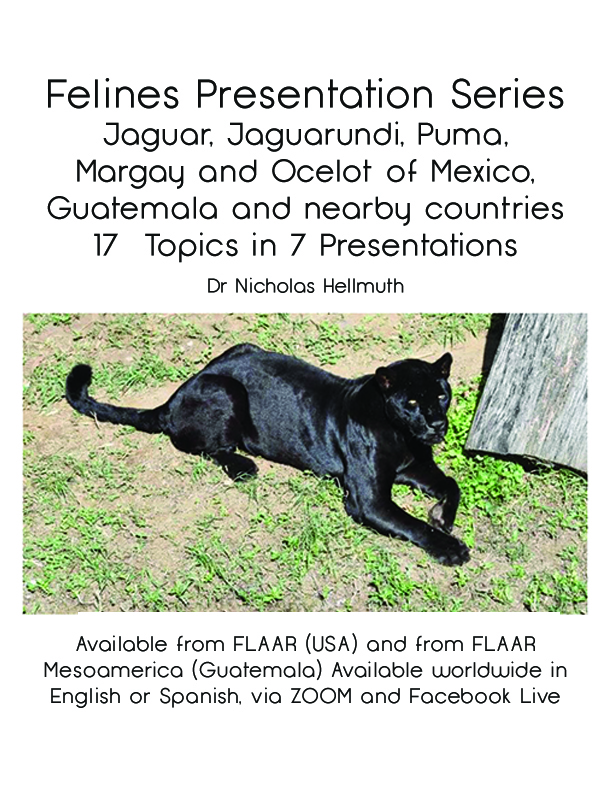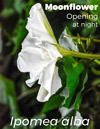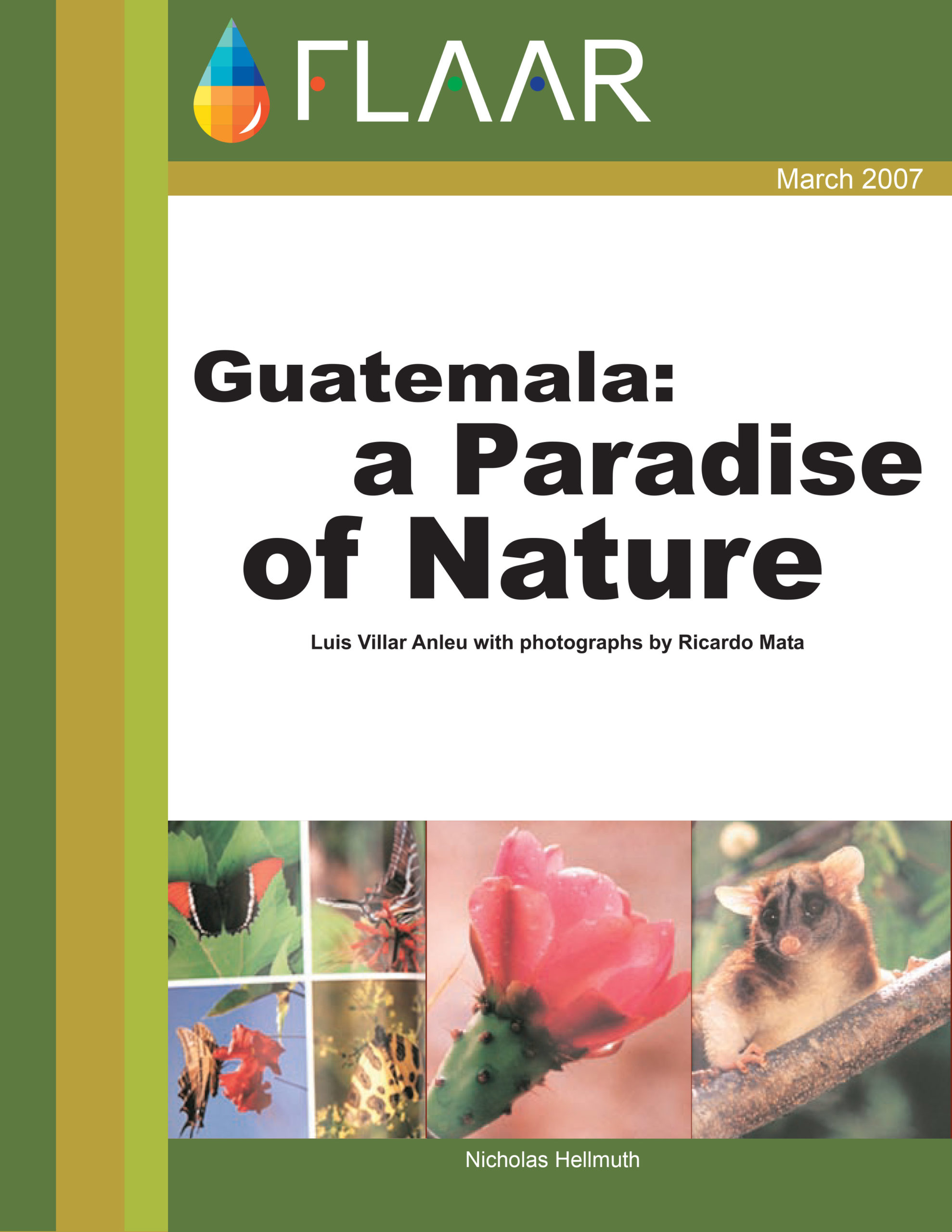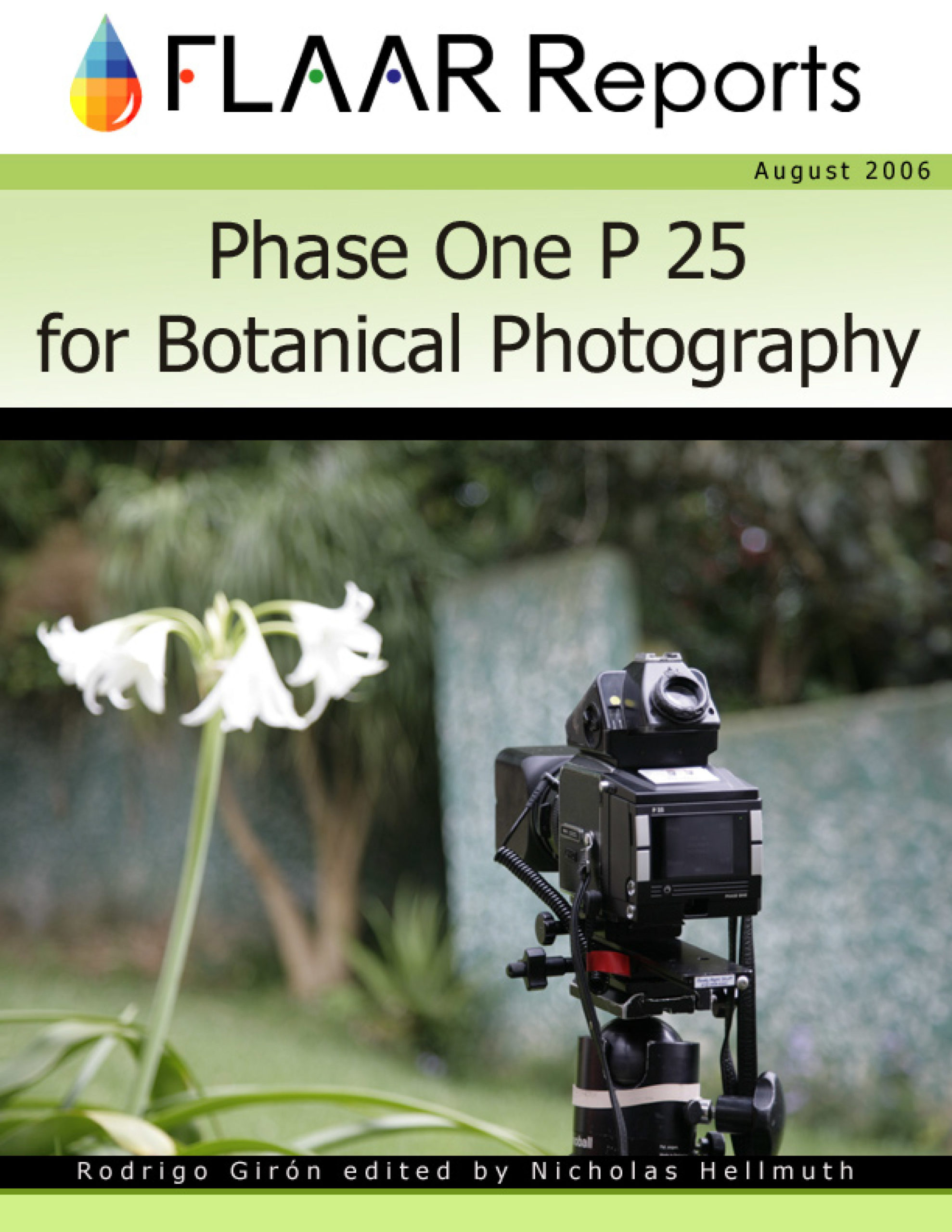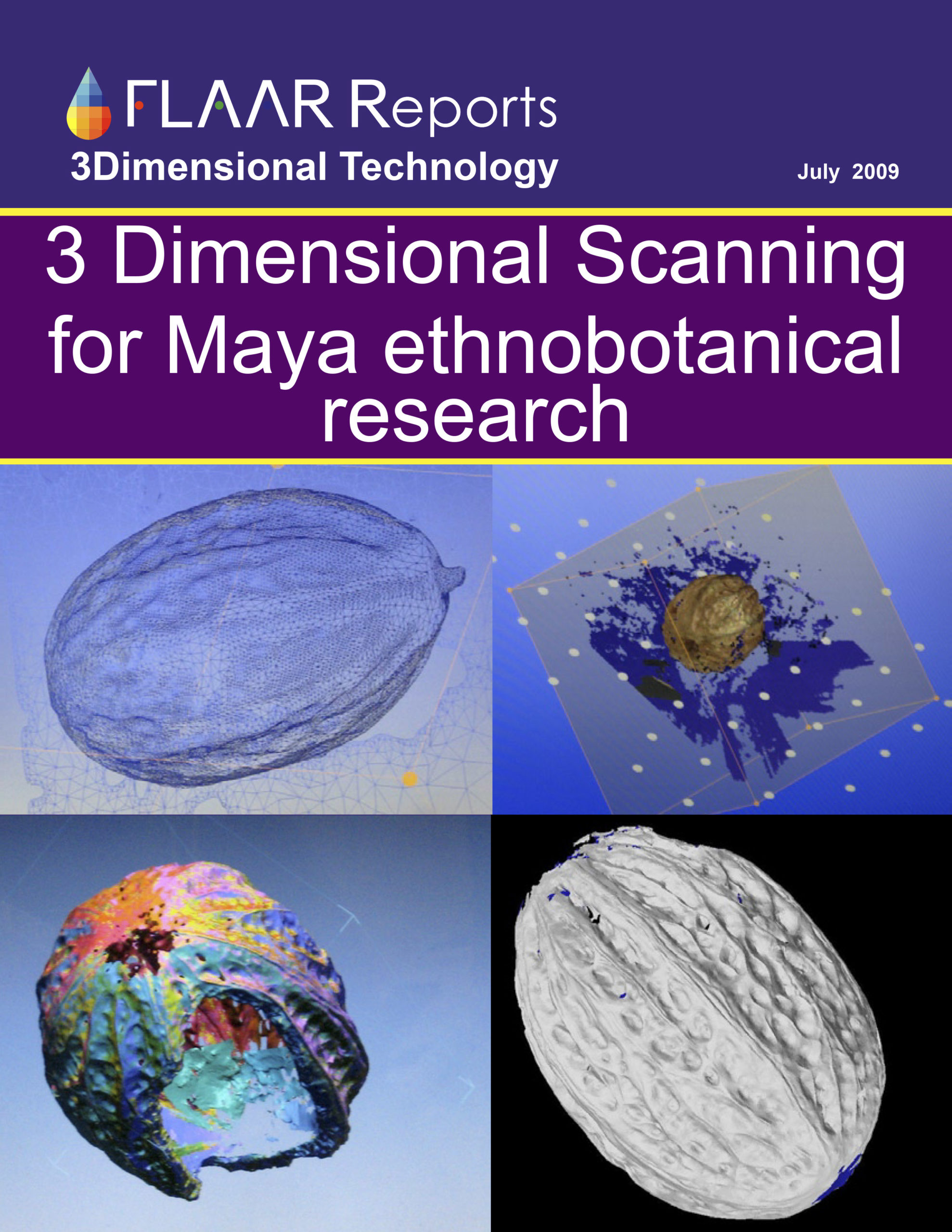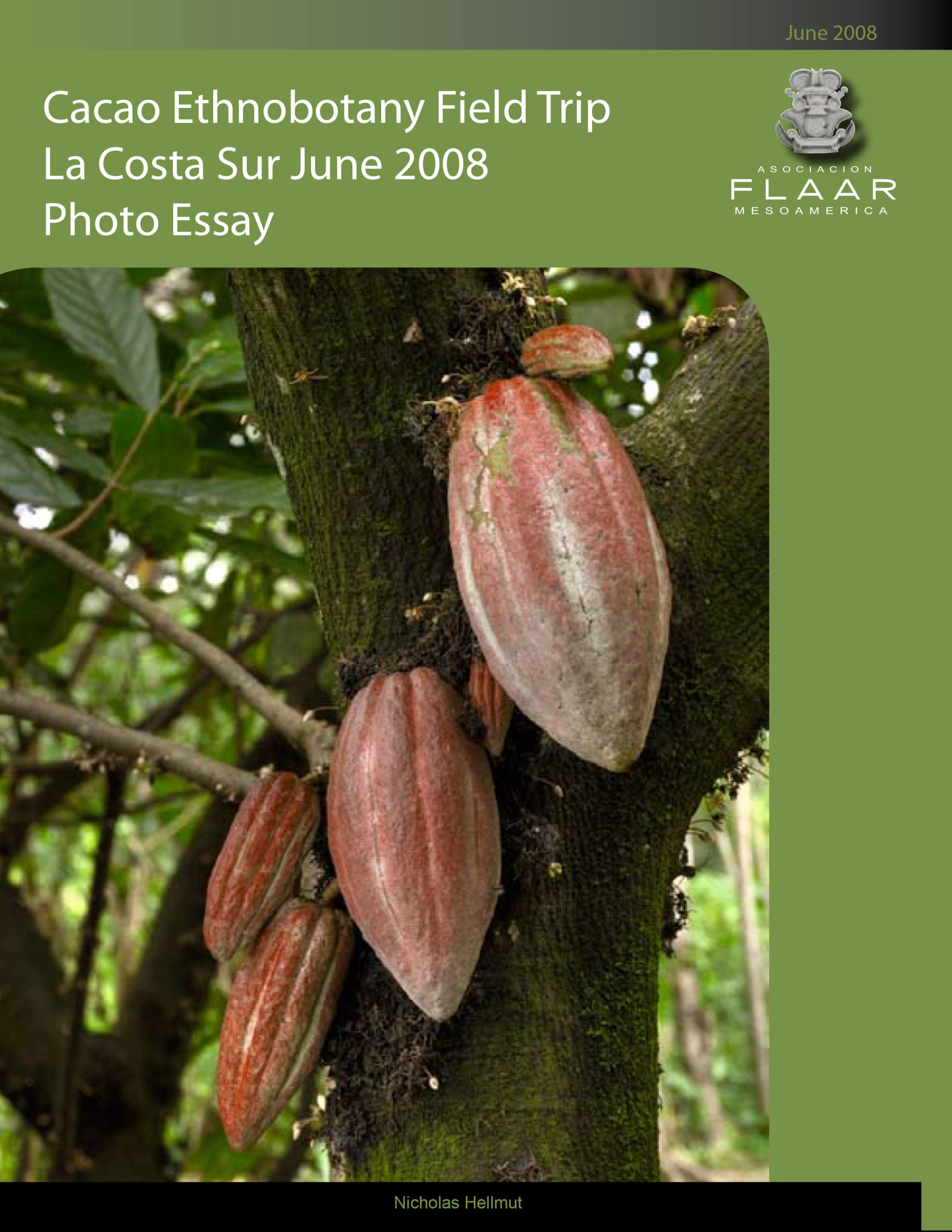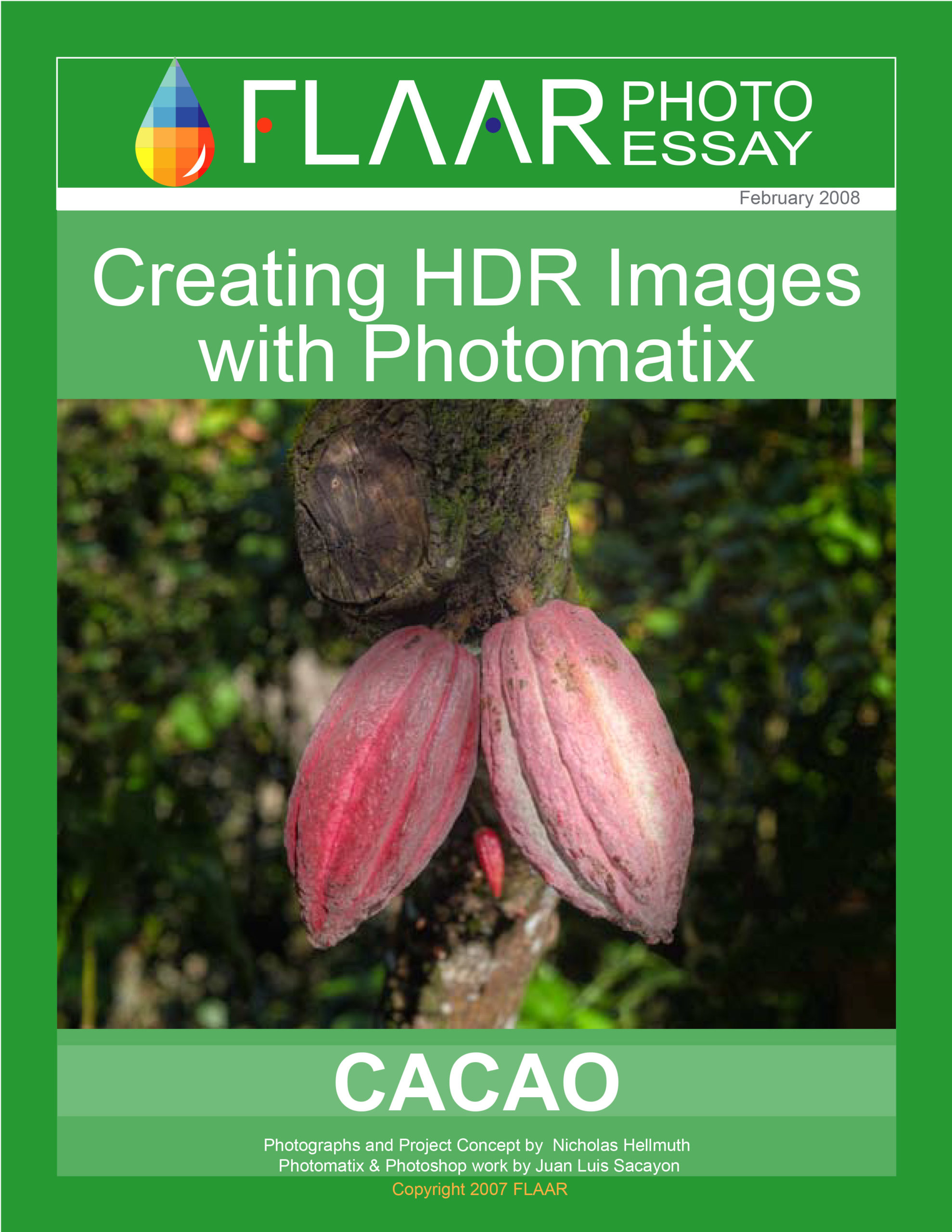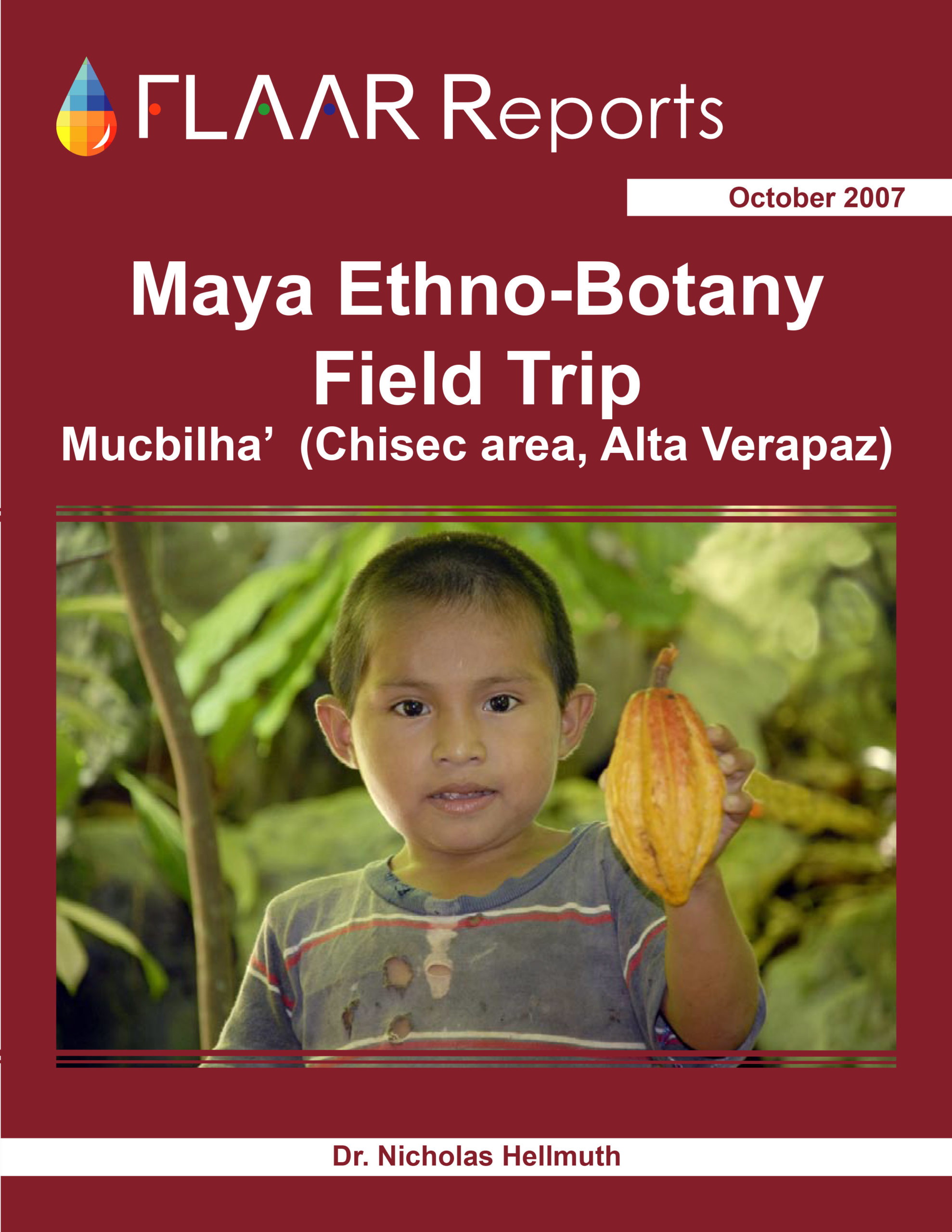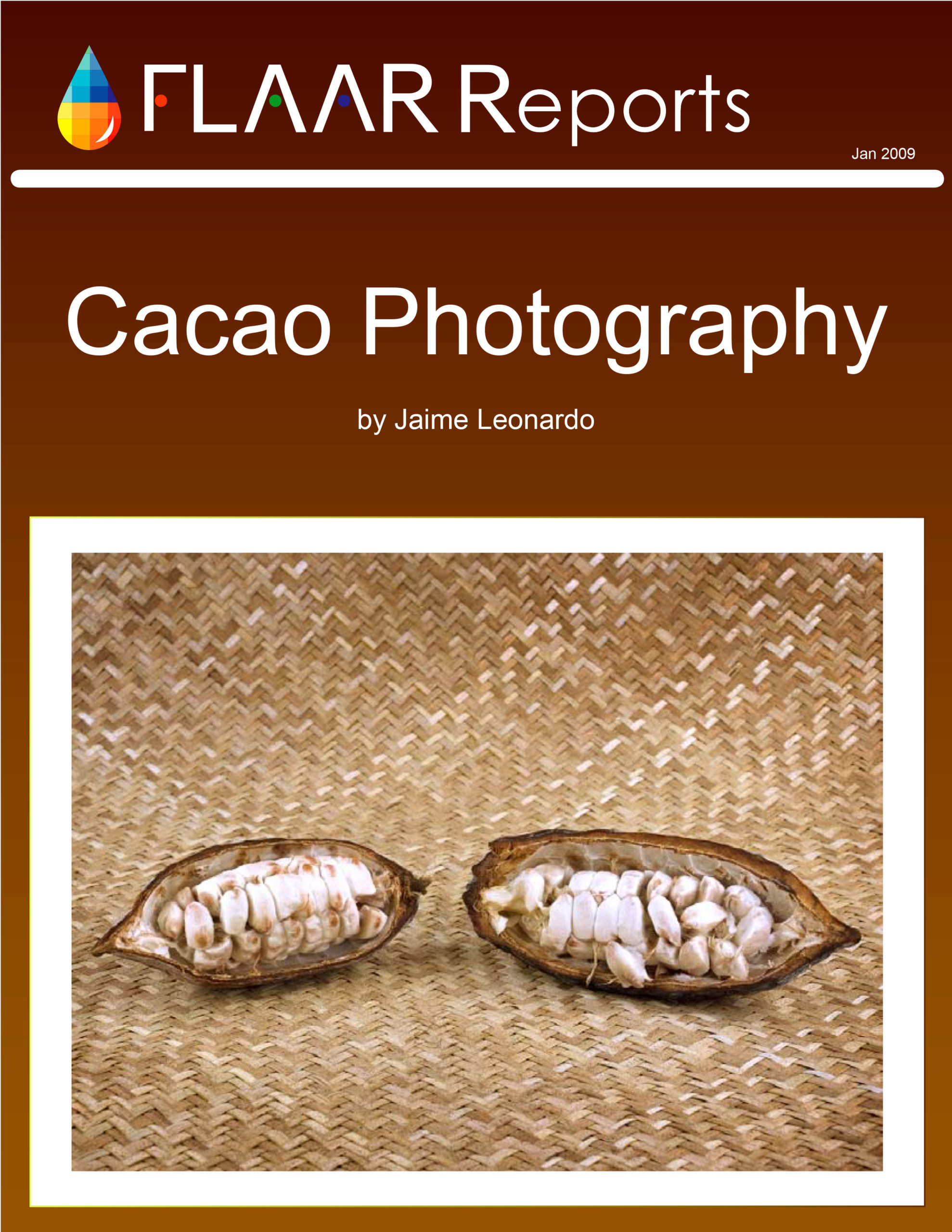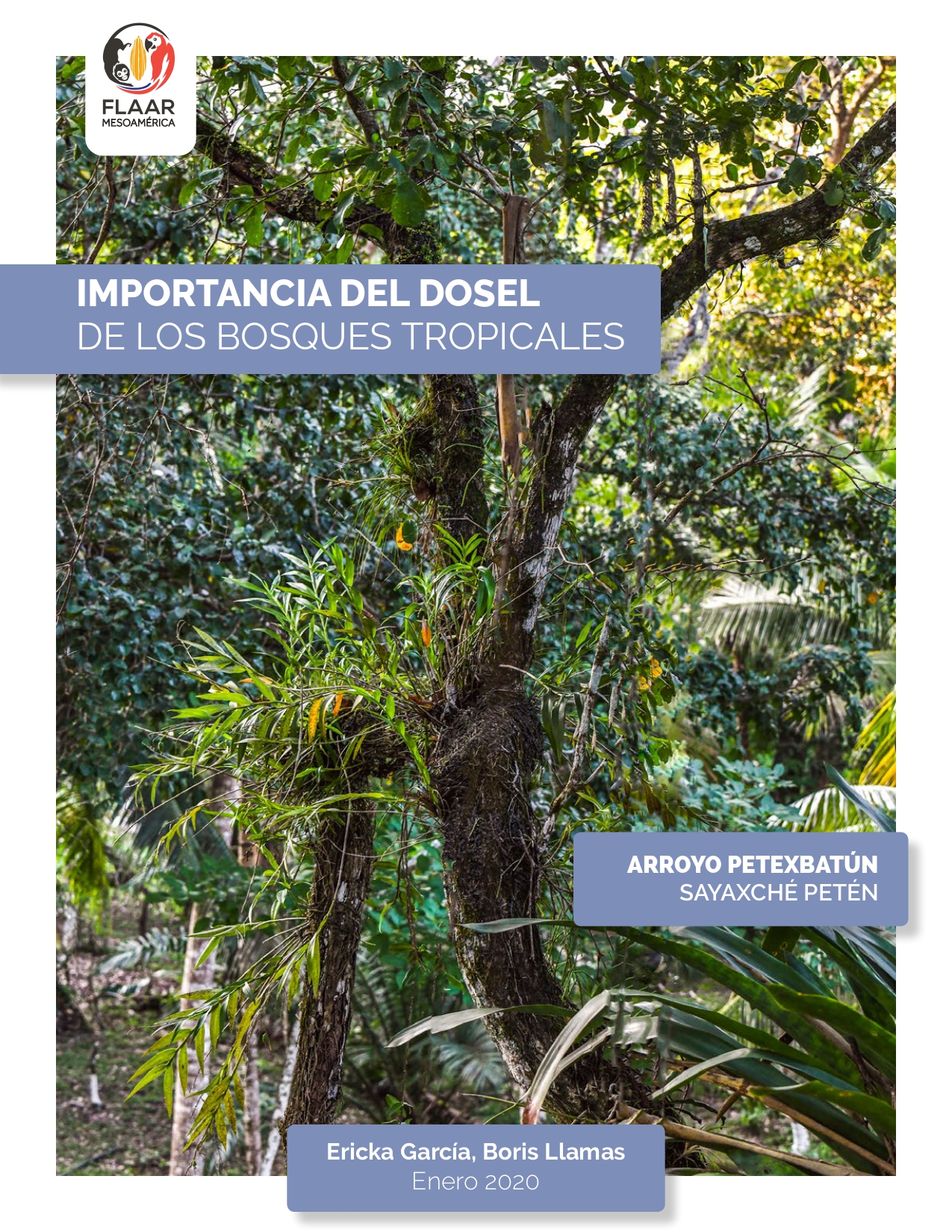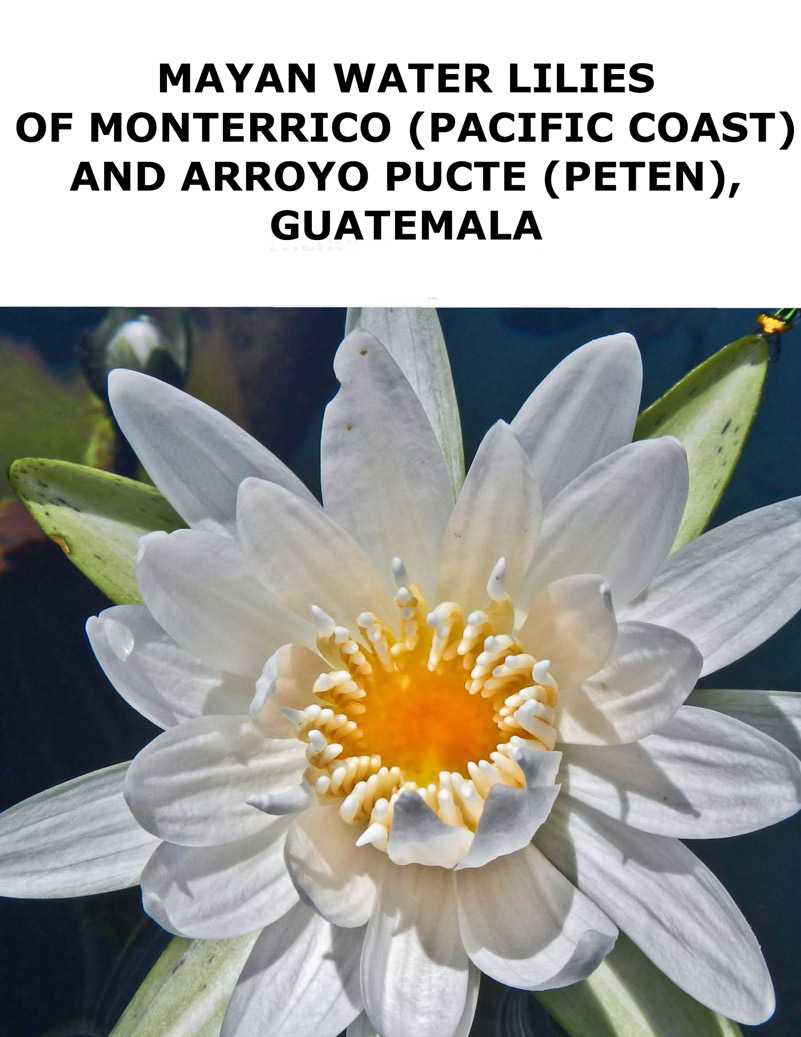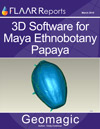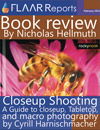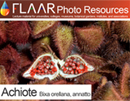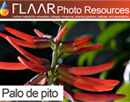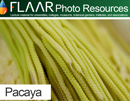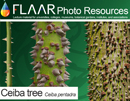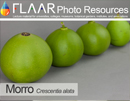When time and funding permit, each flower (each plant species) will have its own page, and its own PDF, and eventually its own PPT so that professors and students have plenty of material on Guatemala (and Honduras, etc) to study.
Heliconia adflexa, Coban, Guatemala, Hotel Monja Blanca, FLAAR, by Nicholas Hellmuth
This space is for flowers
we have recently found and photographed.
|
| Share
|
| Bibliography on Acacia dolichostachya, Mariosousa dolichstachya wild tamarind flowers, Rio Ixtinto, Yaxha, Peten, Guatemala |
|
Acacia dolichostachya in full flowering, June 2019 Every month we do a boat ride into the Rio Ixtinto, since every month there are different trees, bushes, or vines in full flower. The month of June there were dozens of Acacia dolichostachya trees with hundreds of curiously shaped flowers on the slopes overlooking the banks of the Rio Ixtinto. You enter this river from Lake Yaxha, along the west edge of Topoxte Island. Paxte Island is on the west side of this part of the lake. The ecosystems along the shore of the Rio Ixtinto vary every hundred meters (or less), depending on how much shore area there is, or whether there is a steep bank. Since the river is filled with stumps from trees that grow here when the water is low plus filled with fallen trees, most lancheros do not want to break the blades of their motors by hitting a tree trunk or tree branch that is underwater. So most lancheros will only take their boat a few hundred meters up the river. The furthest we have ever reached is where there are hundreds of palo de tinto (palo de Campeche) on the left (east) side of the river. It would be helpful if funds were available for a rubber raft or simply to use paddles to go a few more hundred meters into the diverse ecosystems here. But at least we found dozens of Acacia dolichostachya trees in full flower the first week of June. We appreciate the boat from CONAP and the assistance of the IDAEH team at PNYNN.
Common names of Acacia dolichostachya: Most cited names are: wild tamarind, longspike acacia, jesmo (Grandtner 2005: 12, based on Standley and Steyermark 1946 and other comparable sources). I prefer to also spell it hesmo. Standley and Steyermark list Lysiloma desmostachys Benth. as hesmó, but the flowers of Lysiloma desmostachys are not the flowers we photographed alongside Rio Ixtinto. What we found was identified by Elena Skekavizza as Acacia dolichostachya. Also called Cantemo (in Yucatan). Potential uses of Acacia dolichostachya Acacia dolichostachya is medicinal (Zamora, Flores and Ruenes 2009: Anexo 1, page 243). But Balick and Arvigo do not list medicinal use in their book on healing plants of Belize (2015: 313). However Murchnick and McCarthy do list the Acacia dolichostachya tree as medicinal (1997: 176). May be used as a tannin (Balick, Nee, and Atha 2000: 82). Would need to check all books on dye colorants that also mention plant sources of tannin to see whether Acacia dolichostachya is included or missing. Synonyms: Confusion and almost Contradiction Wikipedia says that Acacia dolichostachya is a synonym of Mariosousa dolichostachya https://en.wikipedia.org/wiki/Mariosousa_dolichostachya But the world’s largest botanical resource for synonyms says that Acacia dolichostachya S.F.Blake is an accepted name and lists only one synonym: Senegalia dolichostachya (S.F.Blake) Britton & Rose www.theplantlist.org/tpl1.1/record/ild-10240 The plant list says that Mariosousa dolichostachya (S.F. Blake) Seigler & Ebinger is an accepted name. This is the first time I have found such total confusion (and close to total contradiction) on www.ThePlantList.org. Usually its information is perfect (Wikipedia varies; usually good but not always). Until I can understand the ups and downs of the names of this plant I will continue to use Acacia dolichostachya.
PDF, Articles, Books on Acacia dolichostachya You can find the pertinent botanical monographs on this web page: www.tropicos.org/Name/13000094?tab=distribution; but they do not list articles or informative web pages with photos.
Suggested webpages with photos and information on Acacia dolichostachya
www.naturalista.mx/taxa/188892-Acacia-dolichostachya
www.theplantlist.org/tpl1.1/record/ild-10240
www.gbif.org/es/species/2979009
First posted, June 2019 |
Parque Nacional Yaxha, Nakum and Naranjo
Carnivorous Plants
Plants of Municipio de Livingston, Izabal
- Acrostichum danaeifolium, giant leather ferns
- Bellucia Pentamera
- Bibliography on Grias cauliflora
- Bibliography on Licania platypus
- Bibliography on Mangle negro (Avicennia germinans) L.
- Bibliography on Montriacardia arborescens
- Bibliography on Typha domingensis and Thypha latifolia
- Conocarpus erectus, white mangrove
- Edible Wetlands Plants, Hotel Tortugal
- Heliconia latispatha
- Heliconia wagneriana
- Manicaria saccifera Confra palm
- Neotropical trees of Guatemala need protection
- Nymphoides indica, waterlily flowers
- Pachira aquatica, zapoton
- Bibliography on Pithecellobium Mart., Neotropical trees of Mesoamerica
Ecosystems, Wetlands Aquatic Plants
Smartphone Camera Reviews
Bushes and small trees
Fungi and Lichens
Orchids
- Bibliography Bletia purpurea, aquatic orchid
- Bibliography, Epidendrum radicans
- Bibliography on Habenaria Orchids from Yaxha
- Bibliography, Lycaste virginalis var. alba.
- Bibliography, Macroclinium bicolor
- Bibliography, Prosthechea cochleata
- Bibliography Sobralia macrantha, Lirio de San Juan
- Bibliography, Sobralia xantholeuca
- Bibliography on Terrestrial shade orchids from Guatemala
- Bibliography on Terrestrial sunny orchids from Guatemala
Botanical Terms
Maya and Aztec flavorings for cacao, cocoa, chocolate
- Achiote, Bixa orellana
- Bibliography on Achiote, Bixa orellana
- Bibliography on Esquisúchil, Bourreria huanita
- Bourreria huanita
- Cassia grandis, bucut
- Chile Chocolate
- Chile Chocolate (Capsicum annuum var accuminatum)
- Chiranthodendron pentadactylon
- Cymbopetalum penduliflorum
- Guazuma ulmifolia
- Haematoxylum brasiletto
- Piper auritum, hoja santa
- Piper species
- Quararibea funebris
- Sterculia apetala, castaño
- Tagetes sp., Marigold
- Talauma, a variant of Magnolia
- Vanilla orchid
- Virola and nutmeg
Cacao, cocoa, chocolate
Consulting cacao & Theobroma species
Tobacco Ingredients of Aztec & Maya
Trees of Mesoamerica
- Bibliography on Acacia dolichostachya, Wild tamarind
- Bibliography, Bellucia costaricensis
- Bibliography, Bucida buceras
- Bibliography on Coccoloba belizensis Standl.
- Bibliography on Cojoba sp. and Cojoba arborea
- Bibliography, Ficus.
- Bibliography on Haematoxylum campechianum and H. brasiletto
- Bibliography on Hibiscus pernambucensis
- Bibliography on Ipomea murucoides
- Bibliography on Lacmellea standleyi, lechemiel
- Bibliography on Leucaena leucocephala
- Bibliography on mangle rojo (Rhizophora mangle)
- Bibliography on Manzanillo, Alseis yucatanensis Standl.
- Bibliography on Matilisguate, Tabebuia rosea
- Mangrove swamp Trees
- Bibliography on Ruagea insignis
- Bibliography on Pterocarpus officinalis
Bombacaceae, Bombacoideae
Tropical Fruits of the Maya
- Avocado Hass
- Bibliography on Coloc, Talisia floresii
- Bibliography, Dichogamy of avocado species
- Bibliography on Guayo, Talisia olivaeformis
- Bibliography on Laetia thamnia, Bakelac
- Bibliography on Maracuyá, Passiflora quadrangularis L.
- Bibliography on Punica granatum L., Granada
- Cashew
- Cuajilote, Parmentiera aculeata
- Granada
- Guanabas and Annonas
- Guava, Guayaba, Psidium guajava L
- Introduction to Papaya
- Nance a fruit of prehispanic Guatemala
- Passion flowers and fruits
- Passion flower, giant fruit
- Talisia floresii, Sapindaceae
- Carica Papaya Bibliography
Tropical Nuts
Spices, condiments, food coloring
Medicinal Plants
- Aristolochia, The largest flower in Guatemala, Bibliography
- Asclepias curassavica, bibliography
- Bibliography on Ciricote, Cordia dodecandra
- Bibliography on Contrahierba, Dorstenia contrajerva
- Bibliography on Falso hibisco, Malvaviscus arboreus
- Bibliography on Huele de noche, Cestrum nocturnum
- Bibliography on Lirio araña, Hymenocallis littoralis
- Bibliography on Roble Prieto, Ehretia tinifolia
- Bibliography, Tithonia diversifolia
- Canak
- Calliandra general info
- Guava, Guayaba
- Magnolia and Taluma
- Mayan medicinal plants
- Piper
- Tecomasuche, Coclospermum vitifolium
- Bibliography on Sufricay, Malmea depressa
- Bibliography on Wigandia urens
Underutilized edible plants
Edible Plants of the Mayan World
- Acacia, subin, bullhorn acacia
- Bibliography, Annona muricata
- Bibliography, Annona purpurea
- Bibliography, Annona reticulata
- Bibliography on Chipilín, Crotalaria longirostrata
- Bibliography on Chirimoya, Annona squamosa
- Bernoullia flammea
- Canna indica, tamale wrap
- Cuchamper, Gonolobus
- Guava, Guayaba
- Bibliography, Gonobolus sp.
- Bibliography, Parmentiera aculeata
- Pacaya palm Chamaedorea tepejilote
- Split leaf philodendron, Monstera deliciosa
Plants and trees used to produce incense
Utilitarian Plants
- Bibliography, Acacia farnesiana
- Bibliography on Aechmea bromeliifolia
- Bibliography on Agave americana
- Bibliography, native Agave species from Guatemala
- Bibliography on Anthurium crassinervium (Jacq.) Schott
- Bibliography on Balsa, Ochroma pyramidale
- Bibliography on Bamboo, Guadua longifolia (E.Fourn) R.W.Pohl
- Bibliography, Crescentia alata
- Bibliography, Crescentia cujete
- Bibliography on Hule, Castilla elastica
- Blepharidium guatemalense, irayol blanco
- Crescentia alata, Crescentia cujete
- Tecomasuche, Coclospermum vitifolium
- Bibliography on Coxte, Colubrina arborescens
- Bibliography on Madre cacao, Gliricidia sepium
- Bibliography on Tillandsia usneoides
